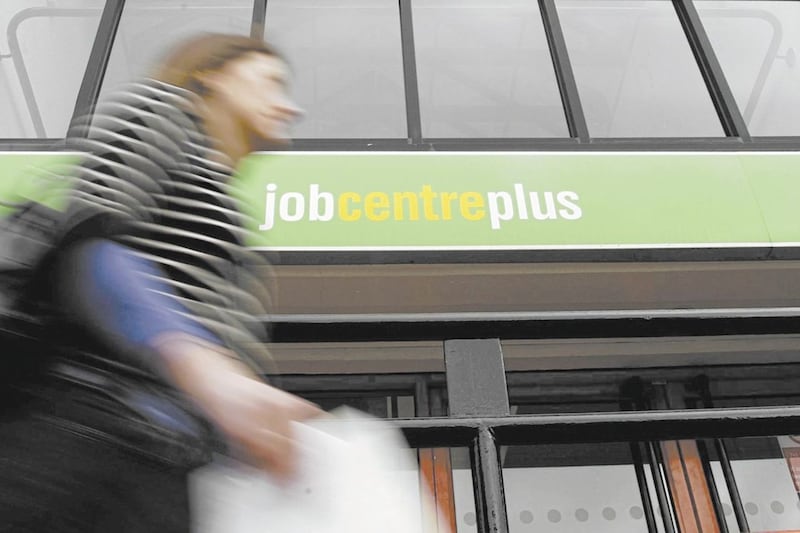The north’s unemployment rate has fallen to 1.9% and is now the lowest in the UK, labour market statistics show.
It was the first time since figures were recorded that the proportion of people aged 16 and over who were jobless has fallen below the 2% mark.
It was a decrease of 0.2% over the quarter and down 0.7% over the year.
The north’s unemployment rate peaked at 12.8% in the second quarter of 1993 and over the next 14 years fell to 3.9%.
But following the property crash it rose again to 7.9% by the end of 2010, since when it has been on a gradual downwards trajectory bar a climb to 4.3% in the wake of the Covid pandemic.
In the UK as a whole, the rate of unemployment was 4.2% over the three months to June, dropping from 4.4% over the previous three months.
The latest labour force data shows that over the year both payrolled employee numbers and earnings have increased in Northern Ireland.
Indeed all the headline measures have improved during 2024, with the unemployment and economic inactivity rates both decreasing and the employment rate increasing.
The number of employees receiving pay through HMRC PAYE in July was 807,700, an increase of 0.1% over the month and 2.3% over the year.
And while employees’ median monthly pay of £2,249 in July was down £82 (3.5%) over the month, it is an increase of £164 (7.9%) on the year.
Over the year to the April-June quarter, the employment rate increased by 1.2% to 71.6% while the economic inactivity rate fell by 0.7% to 27.1%.
- Northern Ireland economy expected to outperform UK this year – Ulster UniversityOpens in new window
- North’s unemployment rate at a record low with the average wage up 11%Opens in new window
- Business Northern Ireland labour market largely recovered to pre-pandemic levels during the AutumnOpens in new window
The total number of hours worked in April-June increased by 2.7% over the year to 29 million hours a week in Northern Ireland, but this is 0.6% below the pre-pandemic position recorded in October-December 2019.
There was an increase of 6.1% in the claimant count to 41,000 over the month to July, which is largely due to the increase in the administrative earnings threshold for Universal Credit introduced in May.
On another negative note, there were 40 confirmed redundancies in July, bringing the rolling 12-month total to 2,550, which is almost double the figure for the previous year (1,340) but largely similar to the levels seen in the decade preceding the pandemic.

Over the year, there were 2,820 proposed redundancies reported to the Department for the Economy, around three quarters of the figure for the previous year (3,940), and below the trend seen immediately before the pandemic.
Mark McAllister, director of employment relations services at the Labour Relations Agency (LRA), said “Stubborn levels of economic inactivity are almost a given, but some of the other figures may give rise to more optimism.
“For example, the 1.9% unemployment rate could suggest a steadiness in growth, but redundancy figures of 2,250 mean that complacency should be avoided and as such the volatility of the market is never far away.
“The labour market report can act as both a short-term sense check but also an underlying longer-term bellwether. When viewed through the kaleidoscopic lens of other statistics such as interest rates, energy costs and so on, the picture builds incrementally in order towards the dark art that is economic forecasting.
“There is little doubt that growth is on the menu. What remains to be seen is if it ever reaches the table.”








